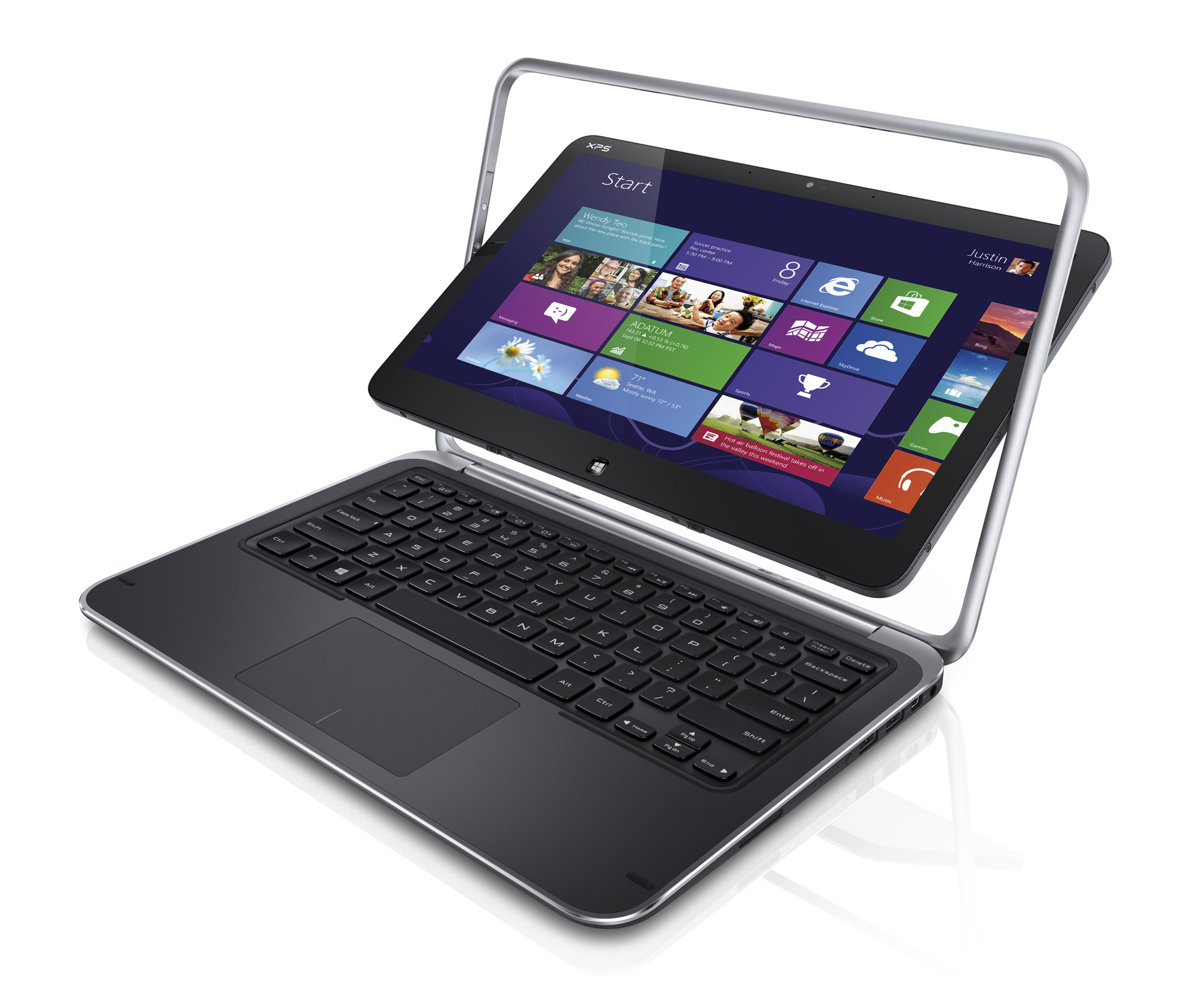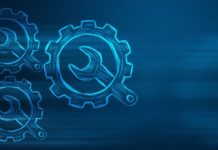By Rieva Lesonsky
Whenever new technology comes around the first thing businesses like to do is complain about how it will be outdated in mere months or moan about how complicated the process of upgrading will be. Well, if you want to be successful, you need to stop complaining and take action instead. Here are five reasons your business should migrate to the new Windows 8 operating system today.
1. Beginning of the Product Cycle. Ok, so the technology will be outdated pretty soon, but who wants 10-year-old technology anyway? If you migrate to Windows 8 now you’ll catch the new operating system at the beginning of the product cycle, which means you won’t have to worry about another major upgrade for a long time. Moreover, when the smaller upgrades are released, you’ll already be familiar with the operating system changes, which will make adapting to the newest features that much easier.
2. Synergy. We live in a mobile world where e-mails arrive on our smartphones, get responded to with a document attachment from our tablets, and are then edited on our desktops. Windows 8 brings synergy to all of your devices—and in some cases blends them together. Take Dell’s XPS 12 Convertible Touch Ultrabook for example, which takes advantage of the Windows 8 touch interface when using it as a tablet, but converts to a laptop when you want to pound on the keyboard. (I just got an XPS 12—and it’s quite addictive.)
3. SkyDrive. After you’ve created a document Windows 8 can sync it with all your devices via their new cloud service SkyDrive, which is baked into the operating system. Best of all, you can customize which folders and files get synced to the cloud. So your “Work” folder will be available in the office on your Dell OptiPlex 9010 All-in-One touch or accessible on the road when using your Dell XPS 10 tablet. If you’re using Office Web Apps with a co-worker, you can share documents on SkyDrive and see each other’s edits as they happen.
4. File History. As a writer this feature is really important to me, and I’m sure you’ve been there too. You make a few changes to a document, and then a few days later you can’t find that all-important paragraph that details the project. Windows 8 lets you go back in time with a new feature called File History. As you create and edit your documents File History automatically makes a backup for you in the background so you never have to worry about it. Even if your file is accidentally deleted File History can bring the file back to life. By default it will make a backup of your files every hour.
If you’re using a touch device, such as Dell’s XPS 12 Convertible Touch Ultrabook or Dell’s XPS 10 tablet you’ll love the new touch interface. Touch makes it easier to get around and manipulate objects on your screen in comparison to navigating a mouse or using keystrokes. With Windows 8, you can get a global view of everything on your screen and with your finger, swipe back and forth to the item you’re looking for. You can also pinch and zoom items or with a swipe from the right side of the screen get to your Start screen where you have your favorite tools and apps.
5. Better Multi-Monitor Controls. Using multiple monitors in a desktop setup is nothing new. In fact, a recent Windows Feedback survey found that 14 percent of desktop users and 5 percent of laptop setups run multiple monitors. That’s not a surprise since adding a second monitor immediately doubles your workspace area. With Windows 8 you’re able to move full screen and snapped apps from one screen to the next with simple drag-and-drop.
Accessing your Start screen and recently used apps can now be done from any monitor, not just your primary one. Moreover, you can personalize each individual desktop or take advantage of a new panoramic theme that spans across the two monitors. The multi-monitor task bar, improved mouse targeting around the edges, and additional features make multi-monitor setups a smooth and more useful experience.
This is a paid post in conjunction with IDG and Dell.







